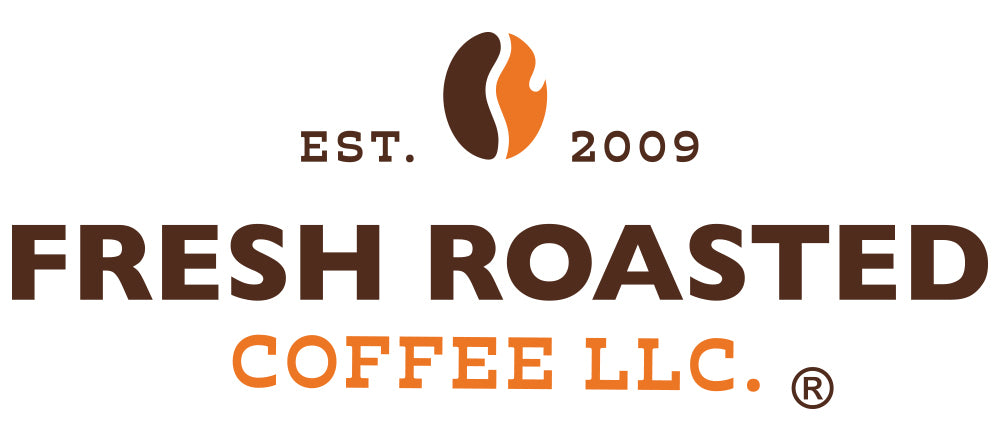Taman Dadar
The Ijen Plateau of eastern Java is home to a piercing, aquamarine-colored lake, which is nestled in contrast to the gray cone volcanoes surrounding it. North of Ijen are Kayumas and Curah Tatal, where smallholders grow, harvest, and process our Organic Java Taman Dadar. Organic by nature, village farmers became certified after farming organic for generations, but coffee hasn’t always been easy for the region. The late 1800’s saw a coffee rust epidemic that swept through the low-altitude plantings, forcing producers to plant a new, rest-resistant varietal further up in the highlands.
Despite the tragedy of this decades-long setback, the coffee that came out of it was exceptional. The rich, volcanic soil and high altitude combined to develop low-acid, sweet brews with notes of citrus and deep chocolate. Unlike offerings from Sumatra and Bali, Javanese coffee has sweet, not earthy, undertones. What starts as a heavy, bold cup up front finishes clean. But this coffee doesn’t just have impressive flavors, its certifications are also worth some of the spotlight.
Organic and Rainforest Alliance
The benefits of organic certification for the producers and the roasters are huge. Certification provides access to markets that might otherwise be less attainable, premium pricing, and eligibility for grants and financial assistance, among other things. The Rainforest Alliance Certified seal ensures that the farms are regularly audited to meet strict standards of social, environmental, and economic sustainability. These standards seek to promote and continuously improve biodiversity, natural resource conservation, effective planning and farm management systems, and improved livelihoods and human well-being.
Washing and Drying
Our Organic Java Taman Dadar is Wet Hulled and sun-dried on cement patios. Coffee from Java is wet hulled to accentuate the coffee’s body. What separates washing from wet hulling is the moisture content of the bean—for wet hulling, the beans are retain more moisture, so more of the parchment sticks to the bean. Unfortunately, the wet hulling process can be rougher on the beans, but those that survive the whole process make an amazing cup. Coffees dried in the sun on cement patios are spread thin in long rows and rotated every 30 – 40 minutes to promote airflow. Common in Indonesia, many producers substitute sun-drying for mechanical when the weather is unfavorable.


Leave a comment